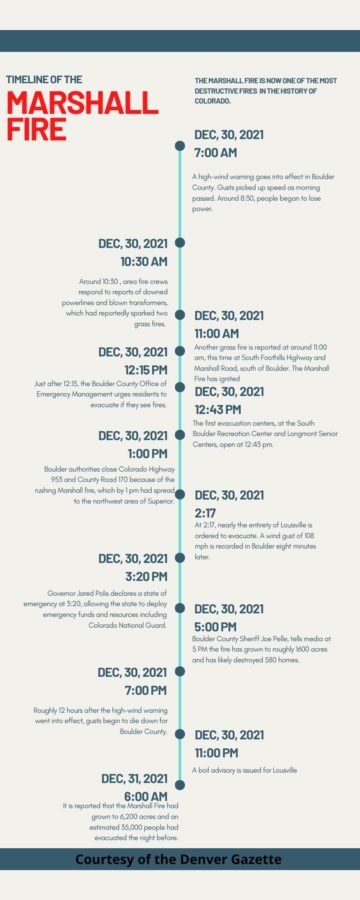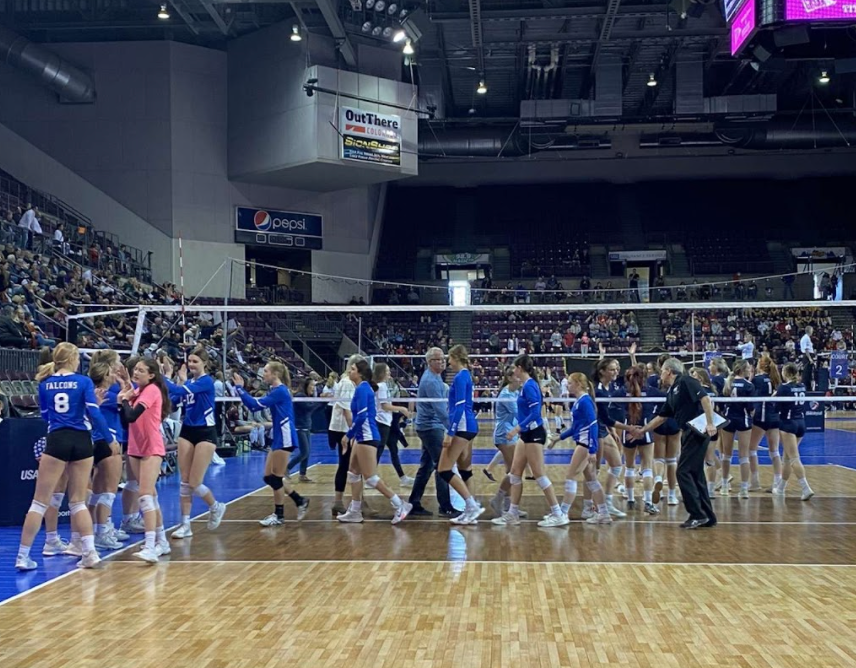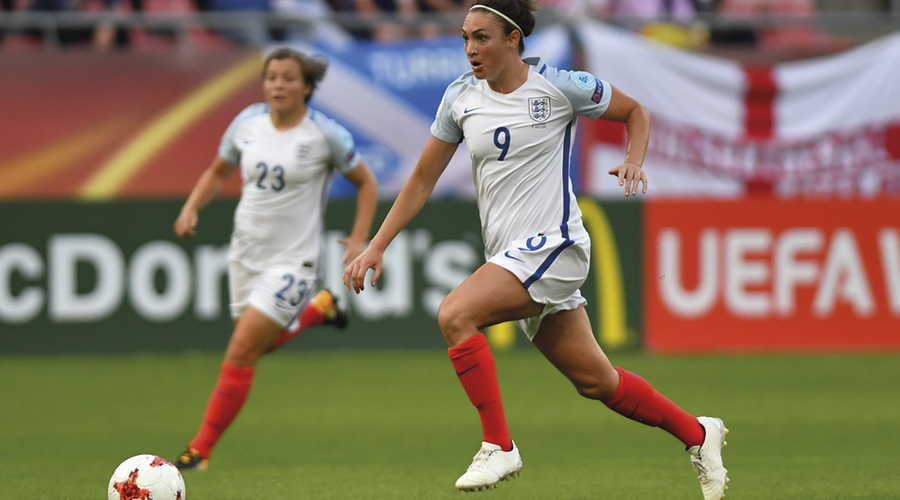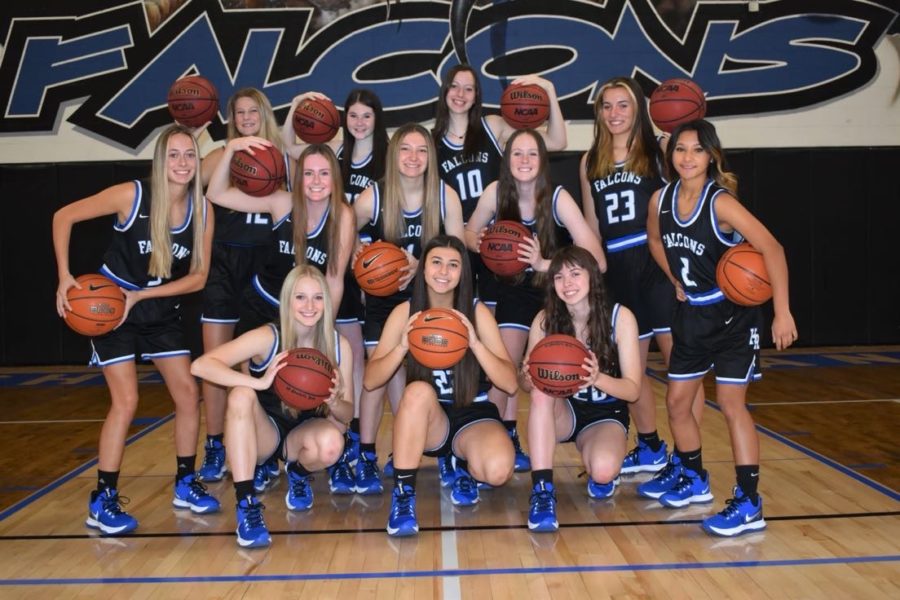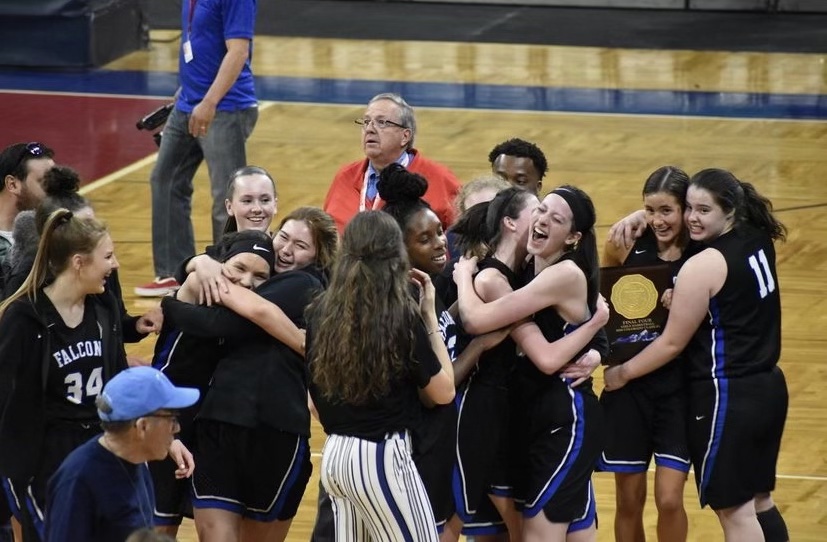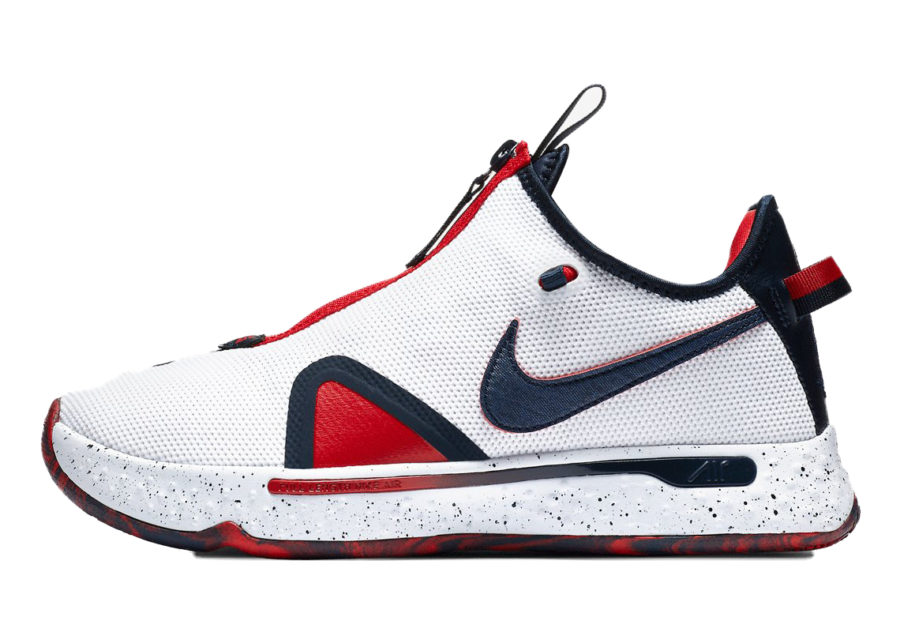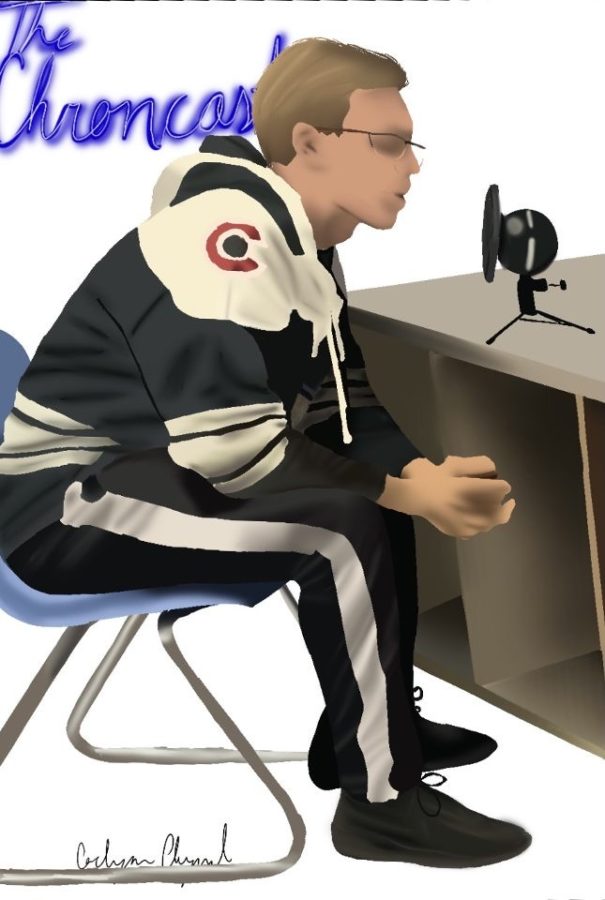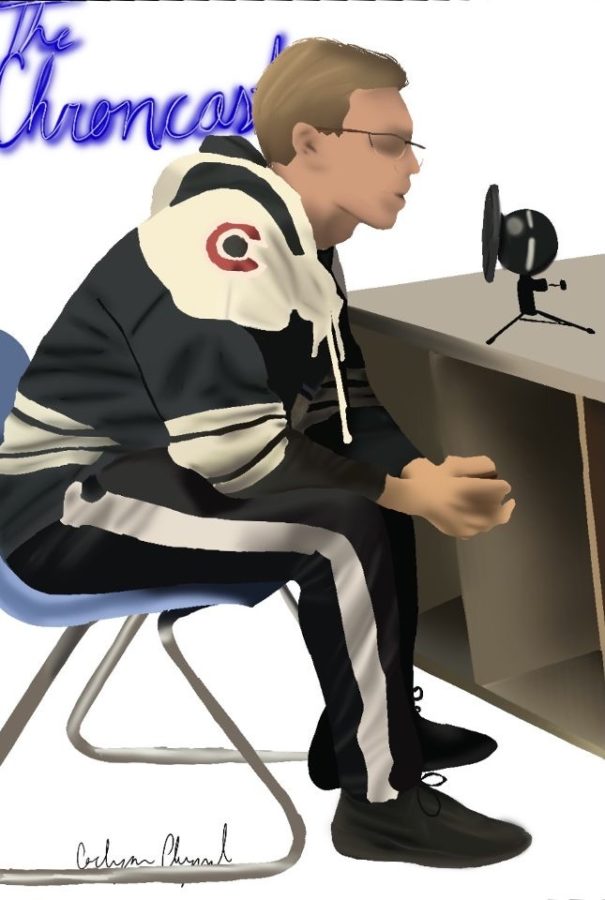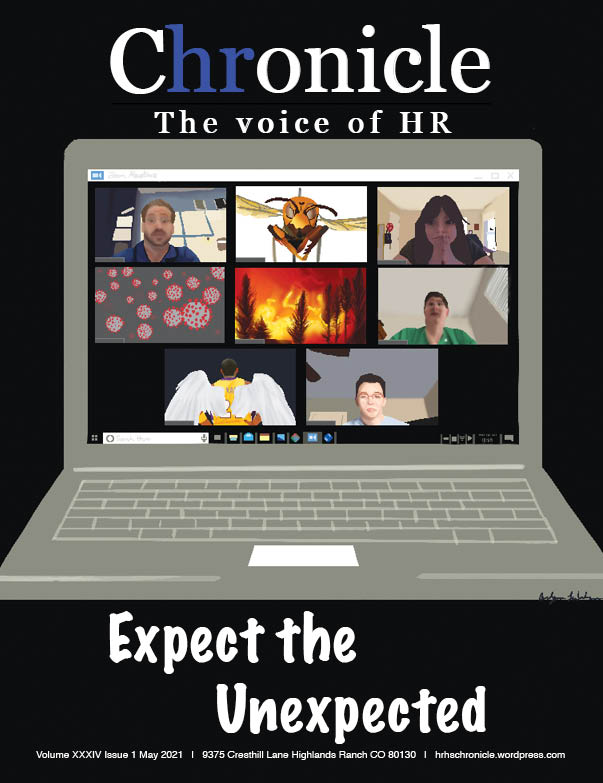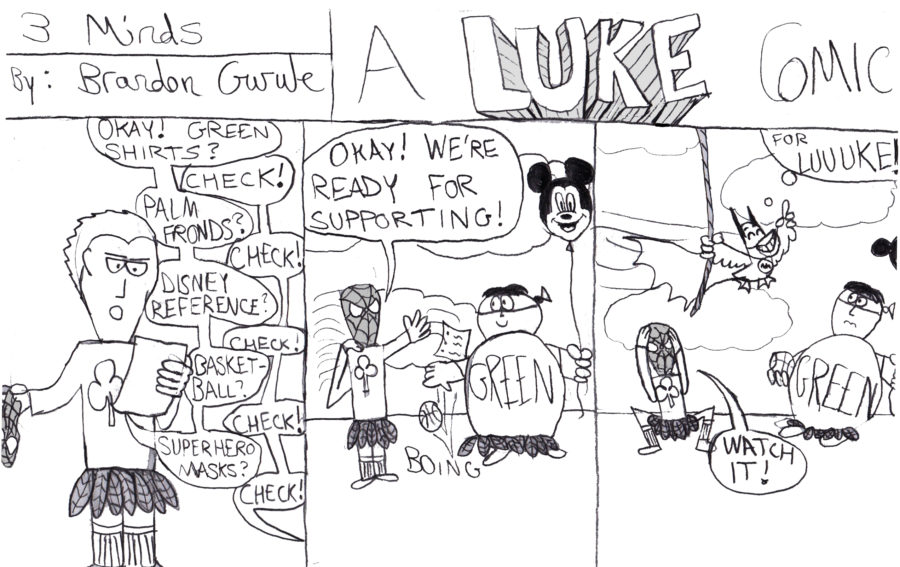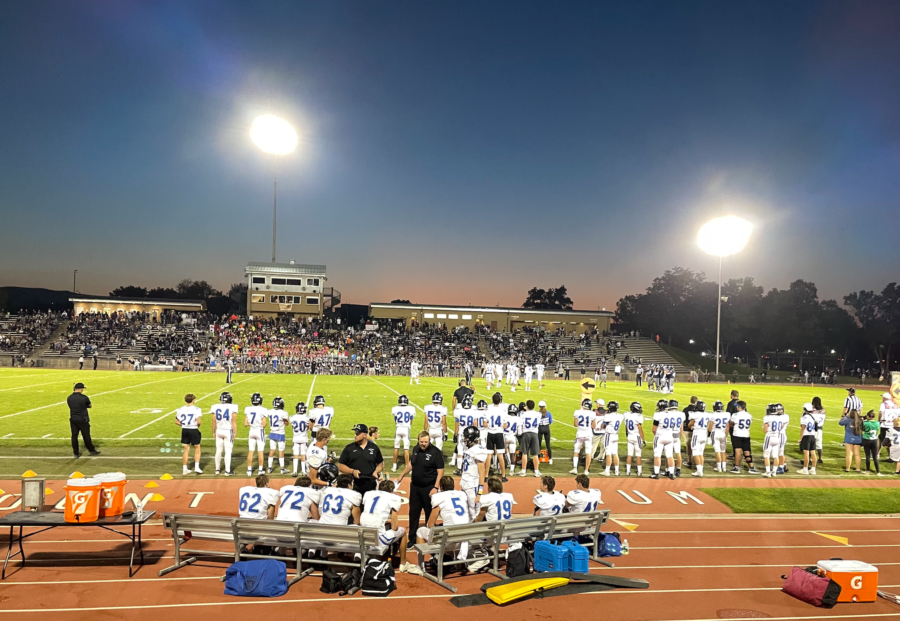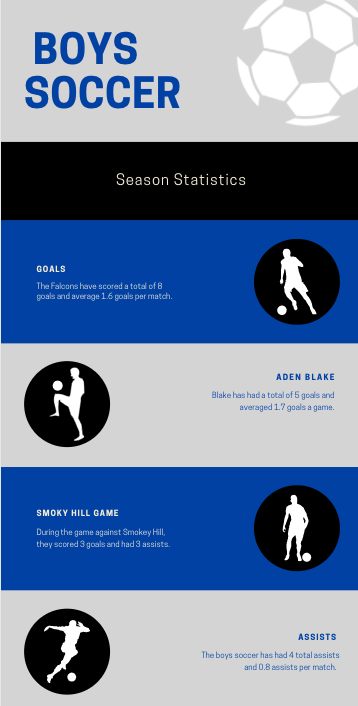In the past decade, there have been extreme leaps in medical technology. Life-saving inventions, deservedly so, get the most attention. However, there has been astounding progress in the sports medicine field. These new technologies are helping athletes get back on the field much quicker.
In sports, some of the most significant injuries are ACL (anterior crucial ligament) tears. ACL injuries are common in teens, especially in girls. Girls are 8 to 10 times more likely to tear an ACL than guys. Girls have different limb alignments, and hormones can loosen the ligaments, according to kidshealth.org. According to UCSD (University of California San Diego) Health, if an ACL tears, the joint will have extreme instability, and surgery can cause athletes to miss up to a year of competitions. However, with new technology, some athletes are back in months. Usually, an ACL surgery requires a graft from another part of the body (arm, thigh, etc.). Now, some athletes are undergoing a surgery that places an artificial tendon in the ace of the graft.
Mason Bennett, freshman basketball player, who strained a tendon in his knee, said, ”The new medical technology really helped me get back on the field.”
People can help to prevent ACL injuries through creating stability in your lower leg extremities. Also, endurance training before your specific sport can help. Yet, there is no single exercise that is 100% in preventing knee injuries (especially ACL injuries.)
There have also been extreme medical gains in other injuries and fields. For example, platelet-rich plasma therapy is gaining more and more support in the U.S. Although it isn’t officially legal in the United States, many pro athletes (Kobe Bryant, Troy Polamalu, and Hines Ward) have trekked to Europe in search of this treatment, according to orthoinfo.org. Right now this treatment, which involves separating a patients’ plasma from other blood, is currently used just for regaining strength and major injuries. However, in the future, it could be used to treat stubborn injuries like tennis elbow, tendinitis, and others.
Freshman Kyle Pearson,golfer, broke his wrist twice and underwent surgery. “The recovery time was much shorter than expected,” he said.
Medical technology has come a long way in helping, but future technologies could help even more. Possible future technologies include anti-bleeding gel, brain damage repair, and printed bones.
Alex Mickus, Staff Reporter




